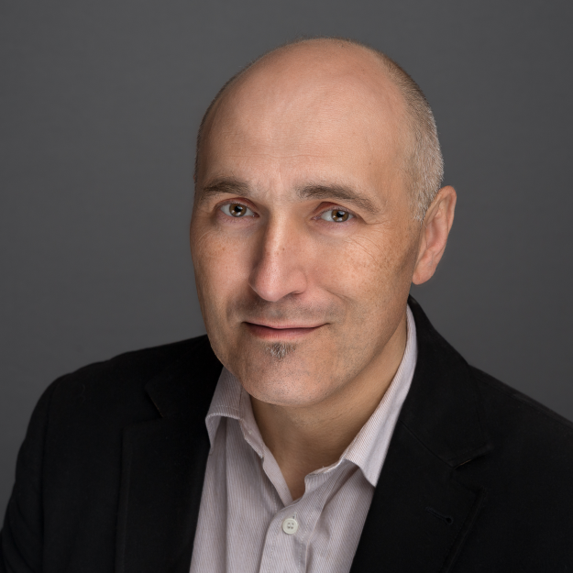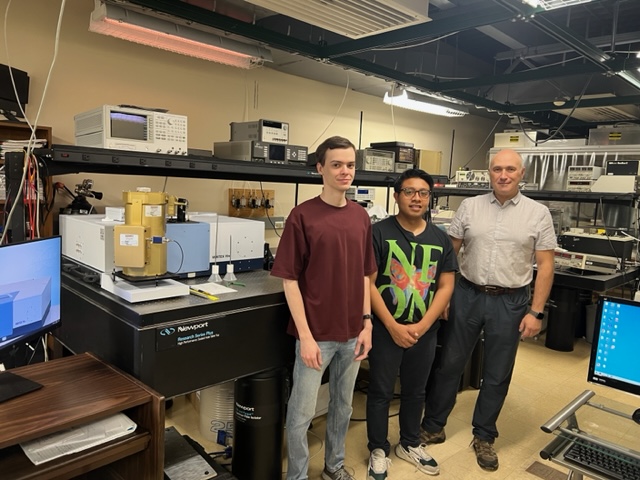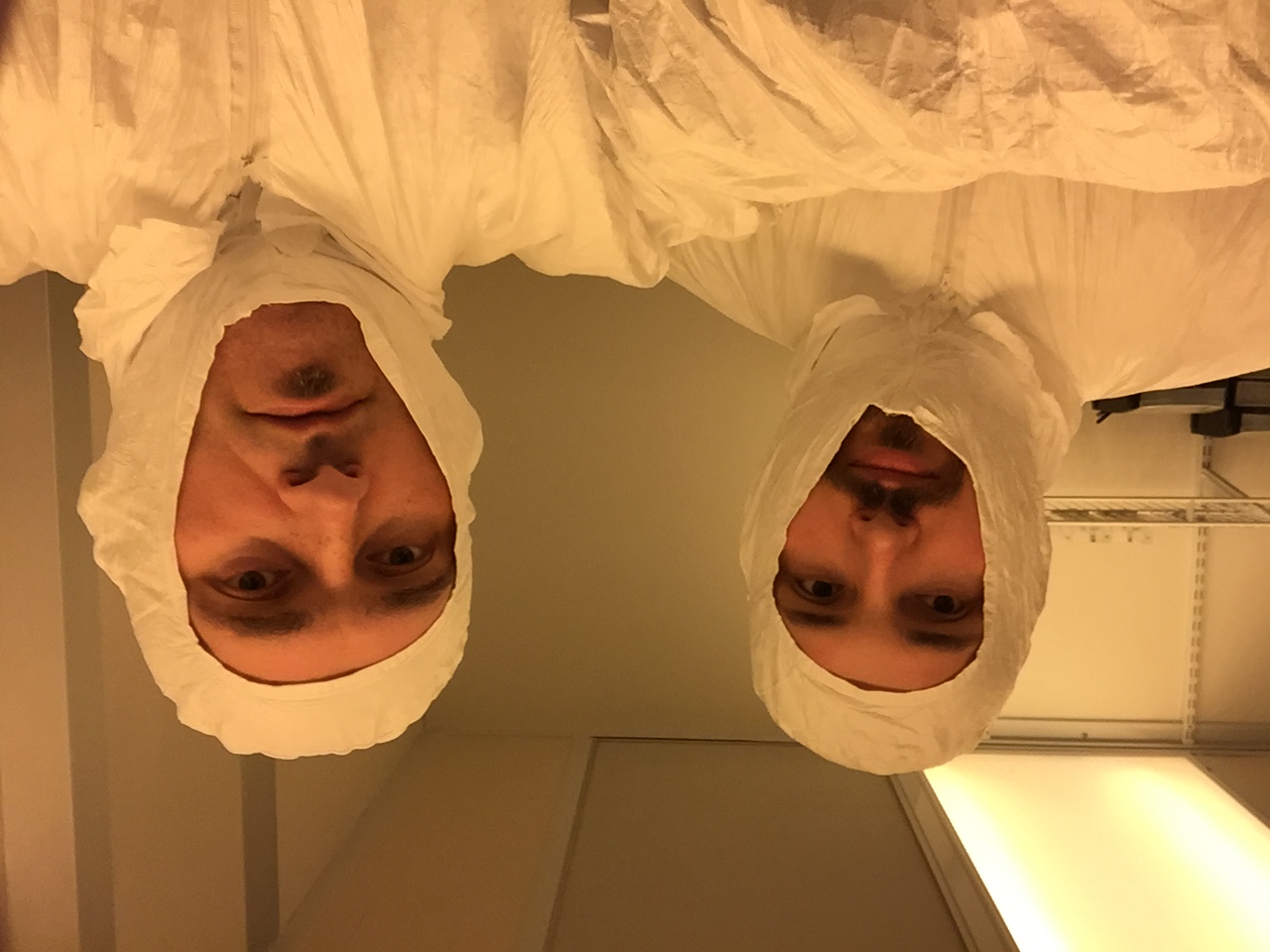Prof. Sergey Suchalkin: Methane Sensors, Lasers and Quantum Devices
Introduction
 |
| Professor Sergey Suchalkin |
Semiconductor devices are the foundation of our technological civilization. New and novel materials and devices enable the increasing progress we all witness. The Stony Brook Electrical and Computer Engineering Optoelectronics Group works in this exciting area. One of its faculty members, Prof. Sergey Suchalkin, works on material and devices that can be used in chemical sensing systems, namely in low-cost rugged methane sensors, rapidly tunable lasers that can be used in high accuracy chemical sensors and free space optical FM communication systems. He also works on new semiconductor nano-materials with high sensitivity to the external magnetic field, which is expressed in a huge electron g-factor of 104 which is 50 times more than the free electron g-factor, which can be used as new platform for quantum information processing.
Generally, the Optoelectronic group, founded by Prof. Belenky, has many years of experience in development, fabrication and characterization of semiconductor materials. This experience in combination with world-class equipment and capability for its support put the Optoelectronics group among the world leaders in development of Sb-based materials. Another important asset of the group is that it is a nucleation center of a large collaborative network which includes Army Research Laboratory, Brookhaven National Laboratory, National High Magnetic Field Laboratory, and Georgia Institute of Technology, etc.
In Detail
Specifically, Prof. Suchalkin’s research proceeds in two directions:
The first is developing new compound semiconductor materials with controllable electronic and optical properties. By varying the spatial order of atoms in a crystal one can control its physical properties almost as well as by changing the chemical composition. Graphite and diamonds are good examples. The semiconductor crystal growth technique one can use is called molecular beam epitaxy or MBE. This technique allows growing compound semiconductor crystals by depositing different atoms layer by layer in a high vacuum onto a dummy crystal called a substrate. The resulting structure comprises many layers of different materials while preserving the crystalline order throughout the entire stack. Such compound crystals are called heterostructures and they are the basis for most of the contemporary semiconductor devices.
A strong limitation of this technique is that the lattice constant of all the layers should match that of the substrate which narrows the range of possible chemical compositions of the layers. The new MBE growth method developed in the Optoelectronic group relieves this constraint and opens the way to synthesis of new semiconductor materials. By carefully designing the layer composition and width one can control the structure properties such as carrier dispersion, refractive index or sensitivity to the magnetic field.
Among the materials Prof. Suchalkin is working on is a new InAsSb narrow gap semiconductor with the carrier dispersion similar to that of graphene, but unlike the graphene it can be made arbitrarily thick. These materials are highly susceptible to the external magnetic field and can be a platform for new generation of long wavelength optoelectronic devices and devices for quantum information processing. One of the examples is topologically protected qubits based on the Majorana fermions. To build such devices one needs a semiconductor material which has very high magnetic sensitivity (high g-factor) and is able to form a good interface with a semiconductor. The group’s approach to the synthesis of such material is based on tailoring its properties by assembling it as a stack of carefully selected nanolayers rather than designing a crystal with a new chemical composition
The second direction is the development of optoelectronic devices operated in mid- and far-infrared. These include rapidly tunable lasers for chemical sensing and free space communications. Prof. Suchalkin and his group developed rapidly tunable quantum cascade lasers operated in long-wave infrared (~10um). The tuning principle is based on the electrical or optical control over the effective refractive index of the laser mode. Among their inventions is dual color infrared light emitting diodes for low-cost non-dispersive chemical sensors. The emission “color” of such a LED depends on the polarity of the bias.
Research Impact
Low cost and rugged methane sensors would find many uses within the natural gas industry (methane is a key component of natural gas) and even in rocketry where methane can be used as a rocket fuel (as in SpaceX rockets).
Generally, rapidly tunable lasers can be used in high accuracy chemical sensors in medicine, astronomy and industry. Such rapidly tunable lasers can be a key element in free space optical FM communication systems including for satellite applications.
Finally, new materials that are very sensitive to magnetic fields can be used as a foundational material for quantum information processing.
Prof. Suchalkin and co-inventors hold 5 patents in these areas. He receives funding for his research from the National Science Foundations, the Army Research Office, and from industry.

Educational Impact
Beside immediate benefits from the development of new semiconductor devices, there is a general impact of the group’s research on the infrared semiconductor optoelectronics through better understanding of semiconductor physics and technology. Also, the group introduces K-12 and undergraduate students to the contemporary concepts of physics by teaching classes, organizing lab tours and Physics nights in local schools as well as proctoring physics Olympiads (Physics Bowl). Prof. Suchalkin has developed a detailed general physics course for middle and high school students and has been teaching it for more than 10 years in a Sunday enrichment program School Nova at Stony Brook (www.schoolnova.org).
The students working on the projects have a unique opportunity to participate in all the stages of device development from initial design and numerical simulations to fabrication and characterization. One of Prof. Suchalkin’s former students Seungyong Jung is the president of TransWave Photonics – a company, specializing on photonic integrated circuits, another student – Maksim Ermolaev is a scientist in IPG Photonics – a world leading company in high-power laser equipment.
One of the courses Prof. Suchalkin teaches at Stony Brook University is ESE519 -Semiconductor lasers and photodetectors. This course is directly related to his research. He also organizes the lab tours for the interested students from his other courses (such as ESE271).

